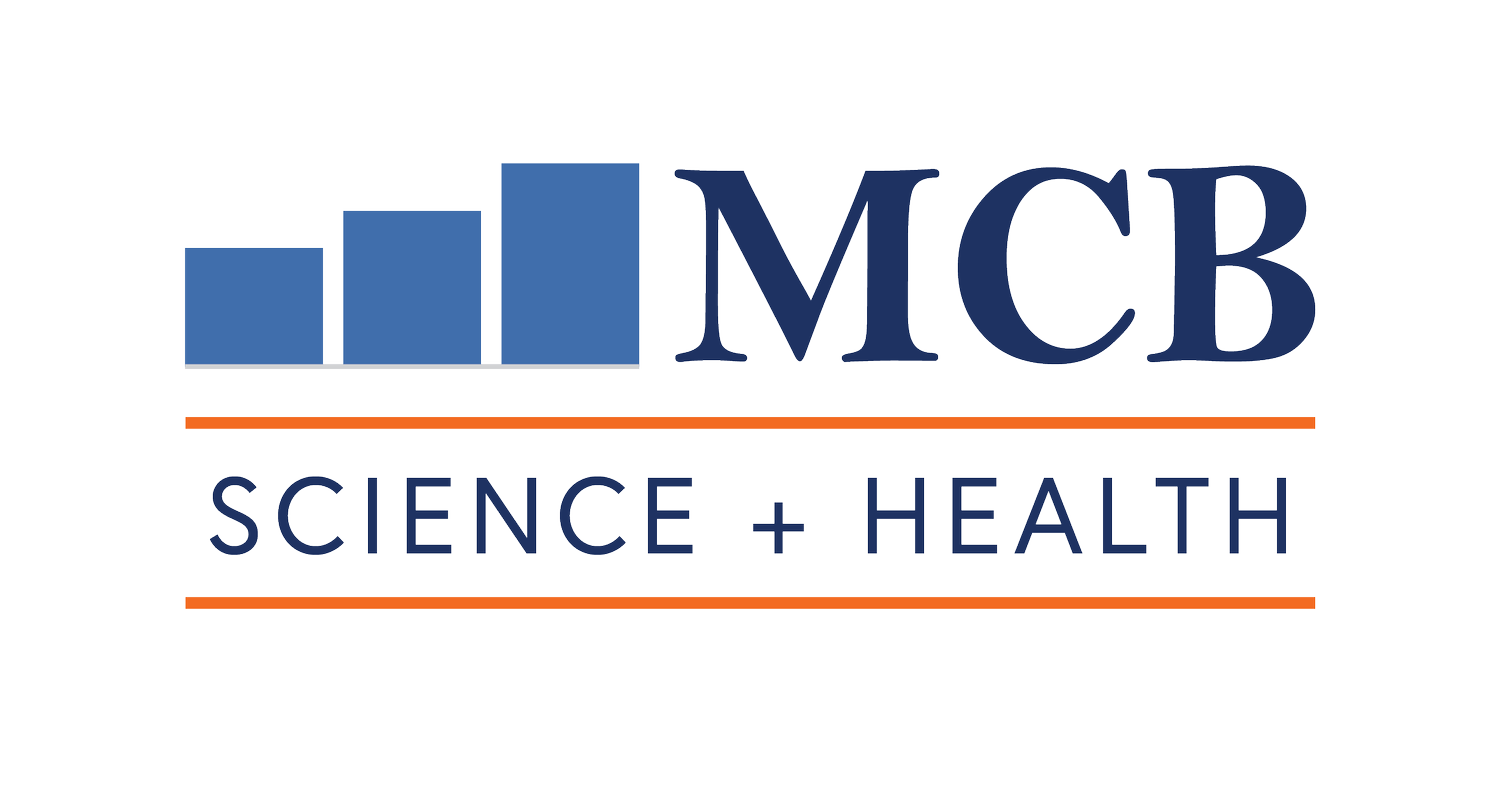
Medical Real Estate is a Healthy Investment
Medical office properties have quietly outperformed traditional commercial assets in recent years, generating positive returns even as healthcare providers reimagine their physical footprints. For investors and developers looking beyond conventional retail and office sectors, understanding the forces shaping medical real estate is essential for capturing emerging opportunities.
Emerging Trends and Challenges
While the sector offers compelling opportunities, investors must navigate several challenges. Regulatory uncertainty surrounding Medicare/Medicaid reimbursement means healthcare systems are more price sensitive and more motivated by efficiency. Healthcare workforce shortages are impacting expansion plans and forcing providers to do more with less. Additionally, the consolidation of independent practices by larger health systems is decreasing the need for sprawling, centralized locations.
New technologies, like AI-powered diagnosis tools, wearable health technologies, and new pharmaceutical treatments (particularly GLP-1 drugs) may further impact space requirements, potentially reducing demand for certain specialties while increasing it for others.
Despite these challenges, medical office properties remain attractive investments for those who understand the sector's dynamics. By focusing on patient experience, flexible design, and strategic location, investors can position themselves well in this essential market segment.
Patient-Centered Design Driving Development
Health systems are moving away from the traditional "hospital on a hill" and toward medical facilities that prioritize both efficiency and experience. The shift toward spaces that optimize workflow and create welcoming environments means tenants are looking for more human-friendly features, such as natural lighting and calming aesthetics that are proven to reduce patient anxiety. Improved parking and accessibility features are also attractive, to accommodate aging populations. And, designated pathways that separate staff and patient traffic help improve workflows. Research shows these amenities significantly impact both patient outcomes and staff retention, which leads to stronger tenant relationships and longer lease commitments.
Drexeline Town Center Medical Office Building | Drexel Hill, PA
Strategic Space Acquisition and Utilization
By adopting a data-driven approach that calculates precise requirements based on staffing levels and patient volumes, health systems are getting better and better at predicting facility needs. Rather than simply leasing available space, providers now seek locations that accommodate their strategic goals. This presents opportunities for developers who can build medical spaces that allow for flexibility and adaptability over time. This could include features such as modular design elements that allow for service-line adaptation, technology infrastructure that supports advanced monitoring systems, and spaces optimized for outpatient procedures.
Off-Campus Outpatient Facilities Lead Investment Opportunities
As hospitals work to minimize costly inpatient stays, off-campus outpatient facilities have emerged as particularly attractive investment targets. These properties typically deliver higher leasing spreads compared to on-campus alternatives and superior retention rates due to better accessibility for both patients and staff. They can also offer lower development costs with fewer regulatory hurdles.
The growth in ambulatory surgery centers (ASCs) exemplifies this trend, with procedures increasingly moving to specialized outpatient settings that offer significant cost advantages for providers.
iMed Naperville | Naperville, IL
The Path Forward
For real estate investors seeking stability in a volatile market, medical office promises a strong return on investment. While traditional retail and office sectors continue to navigate changing consumer habits and work patterns, healthcare's fundamental demand drivers remain strong. The aging demographic profile across the country ensures growing utilization, while evolving care models create opportunities for innovative property solutions.
The most successful investors in this space will be those who develop deep relationships with healthcare systems, understand regional regulatory environments, and create flexible facilities that can adapt to tomorrow's healthcare delivery models. By embracing these principles, investors can build portfolios that not only deliver strong returns but also contribute to more efficient, effective healthcare delivery in their local communities.
We invite you to connect with us. With 30 years of experience spanning 35 states and millions of square feet completed, we are well-prepared to support our healthcare clients in achieving their objectives.


